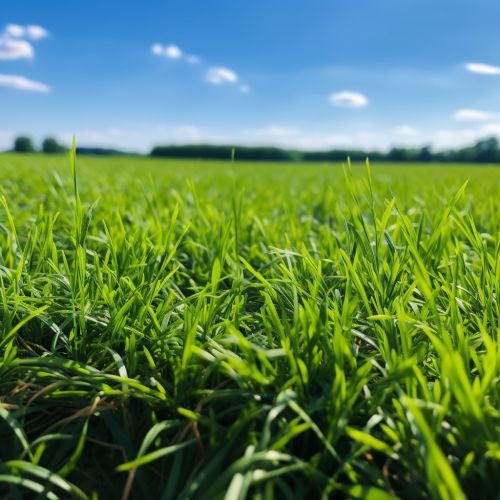Cover Crop
Introduction
Cover crops, also known as green manure, are plants that are primarily grown for the benefit of the soil rather than the crop yield. They are typically grown during off-season times when soils might otherwise be left bare. These crops play a crucial role in sustainable agriculture and organic farming, providing a range of benefits from improving soil health to controlling pests and diseases.


History
The use of cover crops dates back to ancient agricultural practices. Early farmers recognized the benefits of these crops in maintaining soil fertility and preventing soil erosion. In the 20th century, with the advent of synthetic fertilizers, the use of cover crops declined. However, in recent years, there has been a resurgence in the use of cover crops, particularly in organic farming and sustainable agriculture systems, due to their environmental benefits and contributions to soil health.
Types of Cover Crops
Cover crops can be broadly classified into three categories: legumes, grasses, and brassicas. Each type has unique characteristics and benefits.
Legumes
Legumes are a popular choice for cover crops due to their ability to fix atmospheric nitrogen in the soil. This process enriches the soil with nitrogen, an essential nutrient for plant growth. Examples of legume cover crops include clover, vetch, and peas.
Grasses
Grasses such as rye, oats, and barley are often used as cover crops for their ability to prevent soil erosion and suppress weeds. They have extensive root systems that hold the soil together, reducing erosion and runoff.
Brassicas
Brassicas, including crops like radishes and mustards, are used as cover crops for their ability to break up compacted soil layers, improve water infiltration, and suppress soil-borne pests and diseases.
Benefits of Cover Crops
Cover crops offer a multitude of benefits to both the soil and the environment.
Soil Health
Cover crops improve soil health by adding organic matter to the soil, improving soil structure, and increasing soil biodiversity. They also help to increase the availability of nutrients in the soil, particularly nitrogen in the case of legume cover crops.
Erosion Control
Cover crops help to prevent soil erosion by protecting the soil surface from the impact of rain and wind. Their root systems also help to hold the soil in place, reducing runoff and loss of topsoil.
Weed Suppression
Cover crops can help to suppress weeds by outcompeting them for resources such as light, water, and nutrients. Some cover crops also have allelopathic properties, releasing chemicals that inhibit weed growth.
Pest and Disease Control
Some cover crops can help to control pests and diseases. For example, certain brassicas release compounds that can suppress soil-borne pests and pathogens.
Implementation of Cover Crops
The implementation of cover crops in a farming system involves several considerations, including the choice of cover crop, timing of planting and termination, and management practices.
Choice of Cover Crop
The choice of cover crop depends on the specific goals of the farmer, the climate, and the cropping system. For example, a farmer who wants to increase soil nitrogen might choose a legume cover crop, while one who wants to control erosion might choose a grass cover crop.
Timing of Planting and Termination
The timing of planting and termination of cover crops is crucial for maximizing their benefits. Cover crops should be planted as soon as possible after the harvest of the main crop to provide maximum soil coverage. They should be terminated at the right time to prevent them from competing with the main crop.
Management Practices
Proper management of cover crops is essential for maximizing their benefits and minimizing potential drawbacks. This includes practices such as proper seeding rates, use of appropriate equipment, and timely termination.
Challenges and Limitations
While cover crops offer many benefits, there are also challenges and limitations to their use. These include the cost of seed and establishment, potential competition with the main crop, and the need for specialized knowledge and management.
Future of Cover Crops
The future of cover crops looks promising, with increasing interest in sustainable agriculture and organic farming. Research is ongoing to develop new cover crop varieties and management practices that maximize their benefits and minimize their drawbacks.
